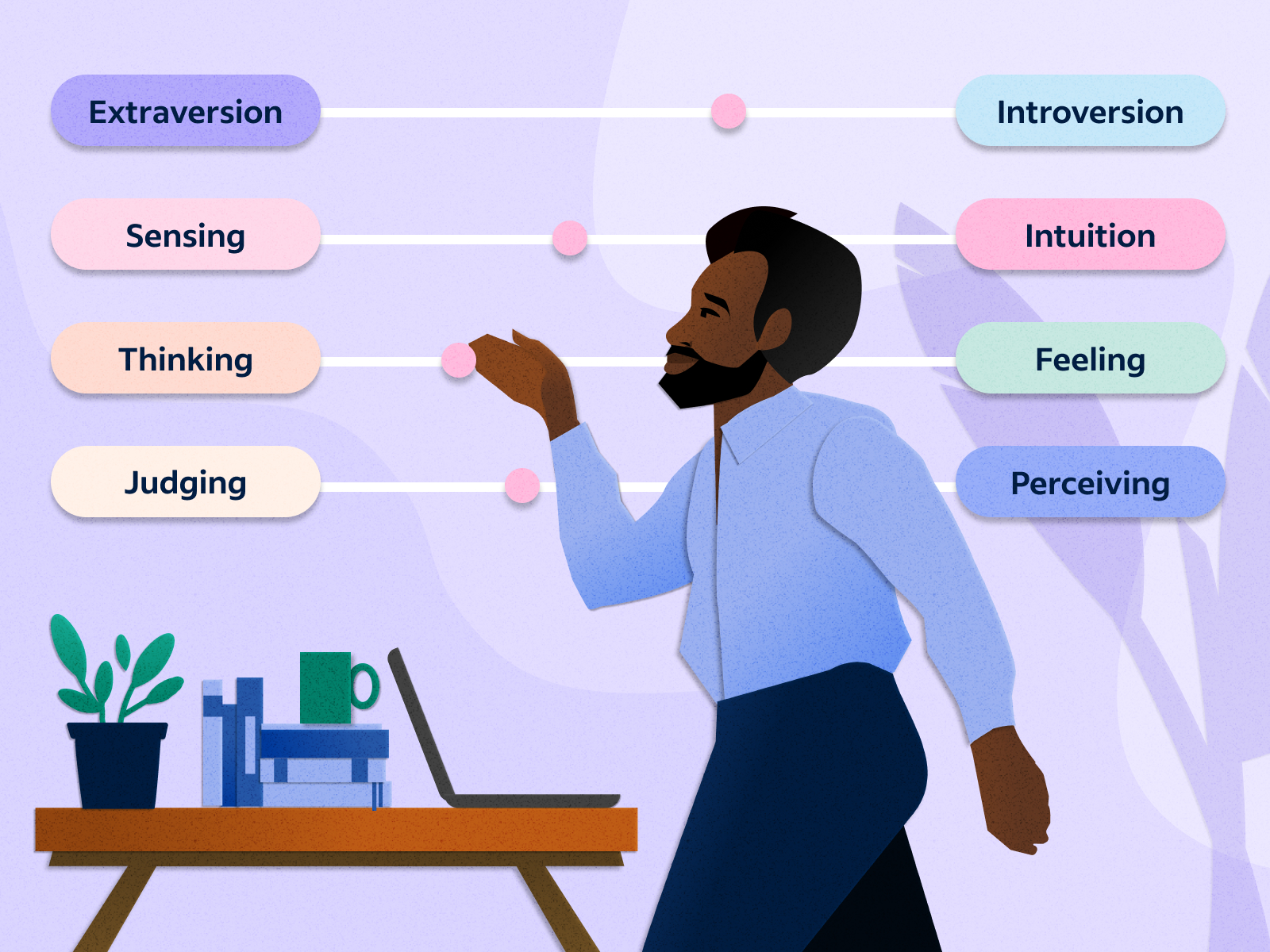
1620
Myers-Briggs Type Indicator (MBTI)- The Myers-Briggs personality types (MTBI) consist of 16 distinct personality types, The MBTI measures four domains: extraversion-introversion, sensing-intuition, thinking-feeling, and judging-perceiving. These are based on Jung’s theories about judgment and perception, which affect people universally. With that, it’s important to note that all personality traits exist on a spectrum. In addition, no one personality trait is superior to another. All traits have some inherent advantages and some disadvantages. The personality types are as below:
- ISTJ – The Inspector
- ISTP – The Crafter
- ISFJ – The Protector
- ISFP – The Artist
- INFJ – The Advocater
- INFP – The Mediator
- INTJ – The Architect
- INTP – The Thinker
- ESTP – The Persuader
- ESTJ – The Director
- ESFP – The Performer
- ESFJ – The Caregiver
- ENFP – The Champion
- ENFJ – The Giver
- ENTP – The Debater
- ENTJ – The Commander
- Dominance
- Influence
- Steadiness
- Conscientiousness
- Enneagram 1 – The Reformer
- Enneagram 2 – The Helper
- Enneagram 3 – The Achiever
- Enneagram 4 – The Individualist
- Enneagram 5 – The Investigator
- Enneagram 6 – The Loyalist
- Enneagram 7 – The Enthusiast
- Enneagram 8 – The Challenger
- Enneagram 9 – The Peacemaker Big Five Personality Test – Also known as the OCEAN test, it shows How you Differ from Other People in the Five Domains:
- Openness to Experience
- Conscientiousness
- Extraversion
- Agreeableness
- Neuroticism Hexaco Personality Inventory – This Test Measures Honesty/Humility, Emotional Stability, Extraversion, Agreeableness, Conscientiousness, and openness to Experience. Eyesneck Personality Inventory – This test Measures personality based on extroversion/Introversion and Neuroticism/stability, and it grants people on E score based on Extroversion, and N Score based on Neuroticism and L score which measures how much someone may lie on the questionnaire.